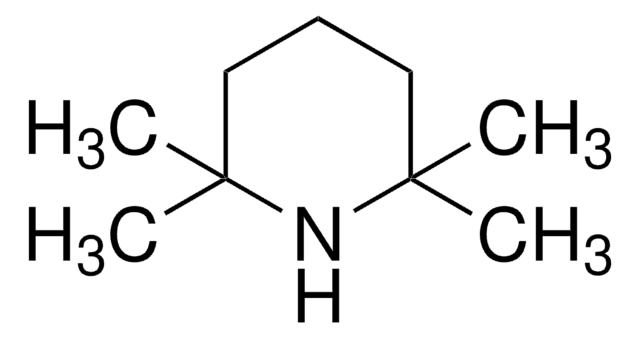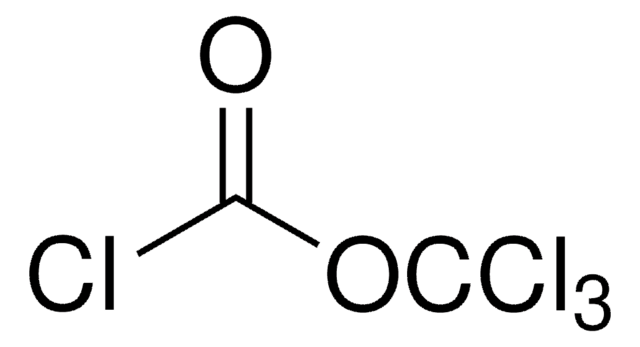Key Documents
69581
Pyrrolidine
analytical standard
Synonim(y):
Tetrahydropyrrole, Tetramethyleneimine
About This Item
Polecane produkty
klasa czystości
analytical standard
Poziom jakości
gęstość pary
2.45 (vs air)
ciśnienie pary
128 mmHg ( 39 °C)
49 mmHg ( 20 °C)
Próba
≥99.0% (GC)
temp. samozapłonu
653 °F
okres trwałości
limited shelf life, expiry date on the label
granice wybuchowości
10.6 %
metody
HPLC: suitable
gas chromatography (GC): suitable
zanieczyszczenia
≤0.5% water
współczynnik refrakcji
n20/D 1.442-1.444
n20/D 1.443 (lit.)
gęstość
0.852 g/mL at 25 °C (lit.)
Zastosowanie
cleaning products
cosmetics
flavors and fragrances
food and beverages
personal care
format
neat
ciąg SMILES
C1CCNC1
InChI
1S/C4H9N/c1-2-4-5-3-1/h5H,1-4H2
Klucz InChI
RWRDLPDLKQPQOW-UHFFFAOYSA-N
Szukasz podobnych produktów? Odwiedź Przewodnik dotyczący porównywania produktów
Zastosowanie
Polecane produkty
Hasło ostrzegawcze
Danger
Zwroty wskazujące rodzaj zagrożenia
Zwroty wskazujące środki ostrożności
Klasyfikacja zagrożeń
Acute Tox. 4 Inhalation - Acute Tox. 4 Oral - Eye Dam. 1 - Flam. Liq. 2 - Skin Corr. 1A
Kod klasy składowania
3 - Flammable liquids
Klasa zagrożenia wodnego (WGK)
WGK 1
Temperatura zapłonu (°F)
37.4 °F - closed cup
Temperatura zapłonu (°C)
3 °C - closed cup
Wybierz jedną z najnowszych wersji:
Certyfikaty analizy (CoA)
Nie widzisz odpowiedniej wersji?
Jeśli potrzebujesz konkretnej wersji, możesz wyszukać konkretny certyfikat według numeru partii lub serii.
Masz już ten produkt?
Dokumenty związane z niedawno zakupionymi produktami zostały zamieszczone w Bibliotece dokumentów.
Klienci oglądali również te produkty
Nasz zespół naukowców ma doświadczenie we wszystkich obszarach badań, w tym w naukach przyrodniczych, materiałoznawstwie, syntezie chemicznej, chromatografii, analityce i wielu innych dziedzinach.
Skontaktuj się z zespołem ds. pomocy technicznej









